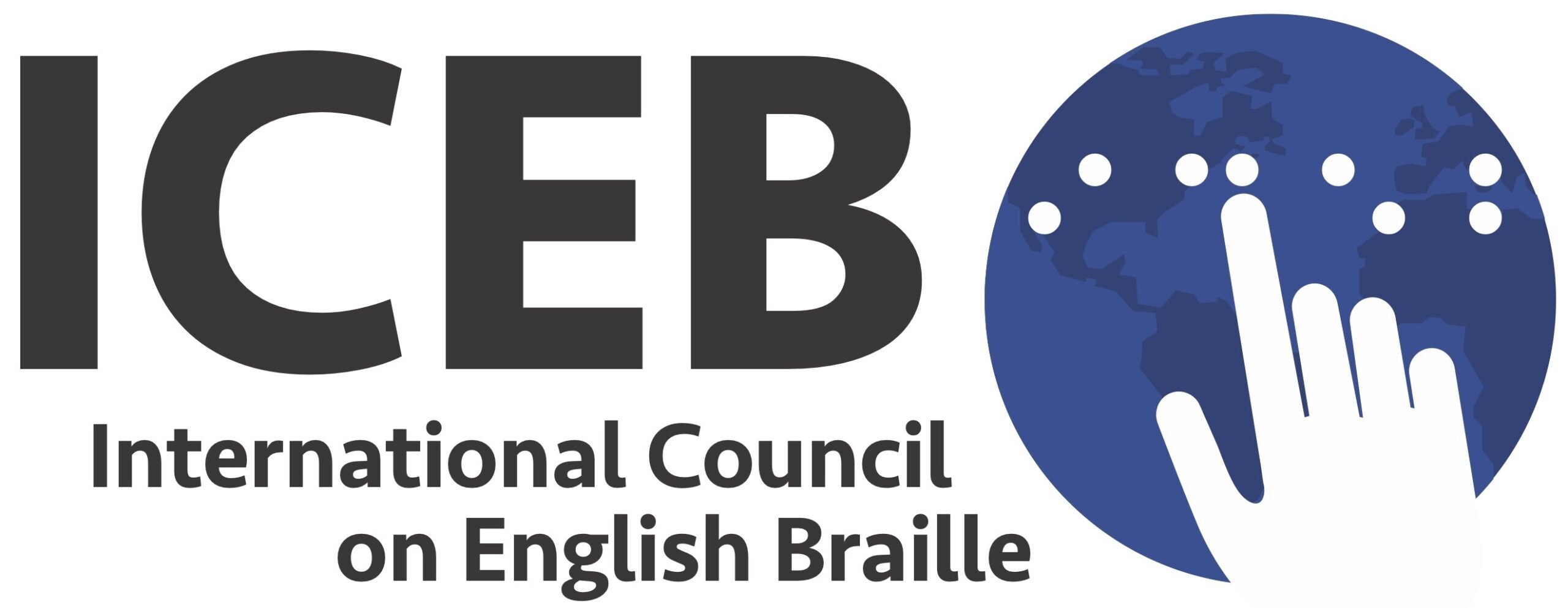Quick links: Unified English Braille, IPA Braille, Developing Braille Codes for Languages other than English: Best Practices, Committees, Contact Us, Site Map
Shorthand Braille Codes
Braille has a rich history of development and coding over the past 200 years. A number of shorthand braille codes have been developed and used prior to the introduction of Unified English Braille. Though UEB is endorsed and implemented as the official braille code in all ICEB member countries, this page contains information and reference material of highly contracted shorthand braille codes that have been developed and used in the past. These codes are not officially endorsed by ICEB member countries, but this information is provided for those enthusiastic about braille contractions using codes for personal use. We trust you find the following of interest.
The following resources come from a variety of sources and are in various layouts. Most would read as 40 characters per line and 25 lines per page. We suggest that these documents are best read on a braille display rather than embossed so that searching and navigating is more streamlined.
What is a .brf file and how do I read it?
Most of the files on this website will have a .brf extension, meaning that they are in a braille format. If you own a braille note taker such as a BrailleSense or BrailleNote, you can download the files and read them without any translation feature. For those with braille translation software on your computer, the files can be embossed into braille using this medium.
Grade 3 Braille
Grade 3 is an extension to the contracted braille code, dating from 1906.
Based on Grade 2, Grade 3 adds several hundred additional contractions to further reduce the bulk of braille and therefore bring as much into the reading line as possible.
The main principles are greater use, with additional meanings, of braille signs; omission of some spaces (sequencing) and omission of some vowels (outlining).
Although no longer an official braille code, Grade 3 can significantly increase the speed of reading and writing and reduce the space occupied by braille.
Grade 3 Resources
A scanned copy of the second edition of the code manual (1919) is here.
A Summary of Grade 3 has also been developed giving all the main details.
Braille User-Oriented Code (BUOC)
BUOC is a system of contractions that have helped many people to read and write braille faster. Developed in the 1980s by Rebecca Maxwell from Australia, It is a supplement to ordinary contracted braille.
The principles of BUOC are:
- Grade two standard English braille is taken as the base upon which BUOC is built; just as new words in language are additional to the existing vocabulary. therefore grade two signs retain their meanings.
- The intention of BUOC is to empower all braille users: to facilitate for the slow reader; and to optimize for the capable reader.
- The design of BUOC abbreviations gives: reduced length of word: reduced finger travel. Increased content per fingerful: faster comprehension. Condensed disposition: juxtaposed concepts more possible. Meaning concentrated: better parity between thought and deciphering.
- BUOC abbreviations are structured to maximize the potential of a sign by building series to a pattern on the root word: just as is done in a dictionary when derivatives are shown after the tilde which separates the root.
- We maximize freedom of required vocabulary by indicating possible abbreviation patterns: thus: giving a method as well as a list.
- Signs are made memorable by basing them on related concepts and mnemonics, in order to speed up cognition.
- Patterns are given for extending known contractions in present braille to accommodate newly frequent forms of a word: that is, to keep up with language shifts.
BUOC Resources
- Teach yourself BUOC – A comprehensive teach yourself manual including practice exercises
- BUOC Booklet – A list of signs and their uses.
- Song lyric: Yesterday
- Story: Where Stars Grow
Braille Shorthand System
The Braille Shorthand System was developed in the mid-twentieth century along the lines of the Pitman Shorthand code and was primarily used in business applications.
Like Grade 3, the Braille Shorthand code uses many additional contractions to reduce the bulk of braille and therefore increase the speed of reading and writing.
The main principles are greater use, with additional meanings, of braille signs; omission of some spaces (sequencing) and omission of some vowels (outlining).
Although no longer an officially recognized braille code, you may find some of the signs in the Braille Shorthand code useful for personal note-taking.
Braille Shorthand Resources
Our thanks to the Royal National Institute for Blind People (RNIB) for Braille Shorthand Code
ICEB contact informationPage content last updated: March 14, 2024.

![[ ICEB logo ]](https://iceb.org/wp-content/uploads/2025/02/recordings/images/iceblogo.gif)